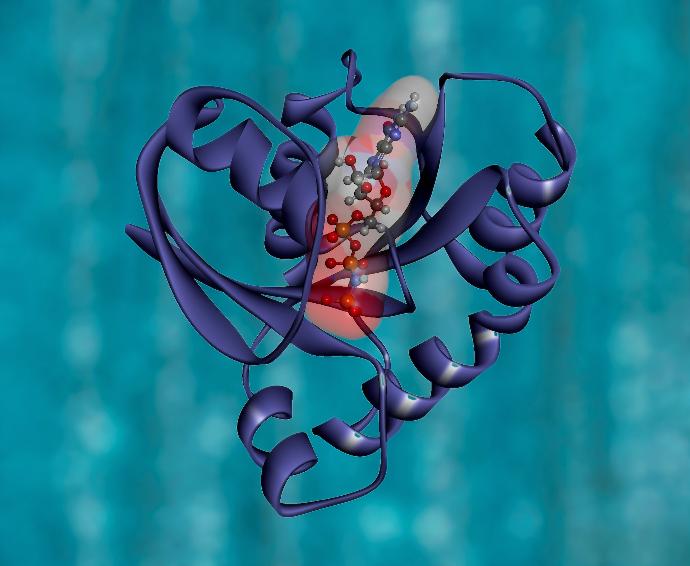Research
- Home >
- Technologies >
-
Antigen presentation in teleost fish: Deciphering protein:protein interactions t ...

RESEARCH
Antigen presentation in teleost fish: Deciphering protein:protein interactions to understand the pathways
Summary
This research proposal focuses on the processes fish, in particular species important for aquaculture such as Atlantic salmon and rainbow trout, use to start immune responses, which resist disease. The main process examined here, antigen presentation, takes protein fragments of pathogens and presents them to immune system cells, which activate responses to the pathogen. Understanding this process is well understood in humans and has led to the development of tremendously successful vaccines, yet it has not been well studied in fish. Therefore, using antibodies we have raised against the proteins involved, I will examine which proteins interact with which others and whether or not the same proteins, which carry out these functions in mammals are involved in fish. I will also examine the way in which the genes and the proteins they encode are turned on, function in fish-specific ways and the environmental influences on the expression of those genes. Finally, my laboratory will isolate the small protein fragments from the pathogens that are used by the fish immune system to understand which parts of the pathogens start these responses. This research is important for two reasons. Firstly, fish immune systems have evolved differently than human immune systems, so it is critical to understand that evolutionary process in order to understand many other aspects of fish immunity. Secondly, because of this divergent evolutionary path and the different manner in which fish immune systems work, the detailed knowledge of the mechanisms of fish immunity and the parts of the pathogen that they target gathered here is critical for the design of vaccines that work effectively in fish. This is important for the aquaculture industry, as current vaccines based on mammalian immune models are not as effective as they could be, causing losses of millions of dollars each year. This knowledge will also be beneficial for selection of broodstock for the aquaculture industry and for stocking of fish in lakes used for recreational fishing or maintaining wild populations, providing benefits for the Canadian economy, environment and society at large.

To view more project details and submit an expression of interest
Explore more projects
Solutions to Business Technological Challenges



